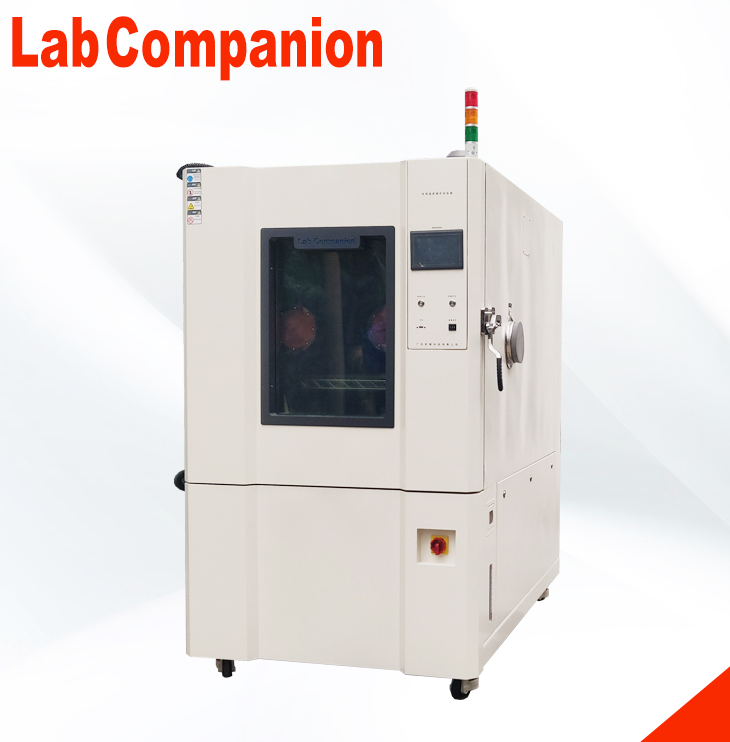Bellcore GR78-CORE is one of the specifications used in early surface insulation resistance measurement (such as IPC-650). The relevant precautions in this test are organized for reference of personnel who need to carry out this test, and we can also have a preliminary understanding of this specification.
Test purpose:
Surface Insulation Resistance Testing
1. Constant temperature and humidity test chamber: the minimum test conditions are 35°C±2°C/85%R.H., 85 ±2°C/85% R.H.
2. Ion migration measurement system: Allowing insulation resistance of the test circuit to be measured under these conditions, a power supply will be able to provide 10 Vdc / 100μA.

Test procedure:
a. The test object is tested after 24 hours at 23°C (73.4° F)/50%R.H. environment
b. Place limited Test patterns on an appropriate rack and keep the test circuits at least 0.5 inches apart, without obstructing air flow, and the rack in the furnace until the end of the experiment.
c. Place the shelf in the center of the constant temperature and humidity test chamber, align and parallel the test board with the air flow in the chamber, and lead the line to outside of the chamber, so that the wiring is far away from the test circuit.
d. Close the furnace door and set the condition to 35 ±2°C, at least 85%R.H. and allow the furnace to spend several hours stabilizing
e. After 4 days, the insulation resistance will be measured and the measured value will be recorded periodically between 1 and 2,2 and 3,3 and 4, 4 and 5 using an applied voltage of 45 ~ 100 Vdc. Under the test conditions, the test is sent out the measured voltage to the circuit after 1 minute. 2 and 4 are periodically at an identical potential. And 5 periodically at opposite potentials.
f. This condition only applies to transparent or translucent materials, such as solder masks and conformal coatings.
g. As for multilayer printed circuit boards required for insulation resistance testing, the only normal procedure will be used for insulation resistance testing circuit products. Extra cleaning procedures are not allowed.
Method of conformity determination:
1. After the electron migration test is completed, the test sample is removed from the test furnace, illuminated from the back and tested at 10 x magnification, and will not be found to reduce the electron migration (filamental growth) phenomenon by more than 20% between the conductors.
2. adhesives will not be used as a basis for republication when determining compliance with the 2.6.11 test method of IPC-TM-650[8] to examine appearance and surface item by item.
Insulation resistance does not meet the requirements of the reasons:
1. Contaminants weld the cells like wires on insulating surface of substrate, or are dropped by water of test furnace (chamber)
2. Incompletely etched circuits will reduce insulation distance between conductors by more than permitted design requirements
3. Chafes, breaks, or significantly damages the insulation between conductors
